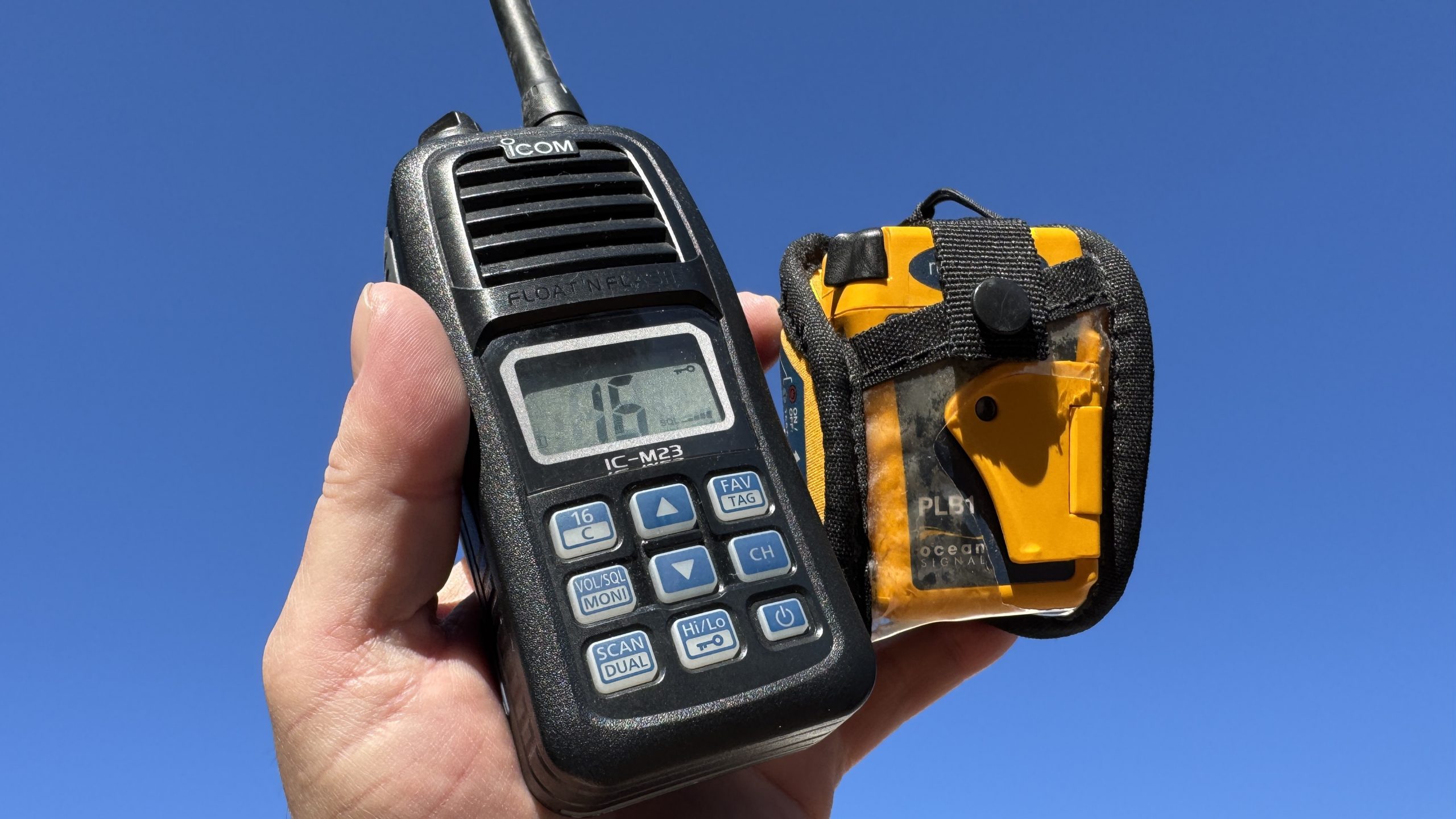Marine Rescue authorities have renewed warnings to boaties and Jet Ski riders who venture offshore to go fishing, after a Jet Ski broke down about 20km off the coast of northern NSW – sparking a large search by air and sea into the night in hazardous ocean swell.
Late last week a Jet Ski fisherman had been at a popular spot off the coast of Pottsville (between Byron Bay and Tweed Heads) at one of the many manmade underwater Fish Aggregating Devices (FADs) in NSW.
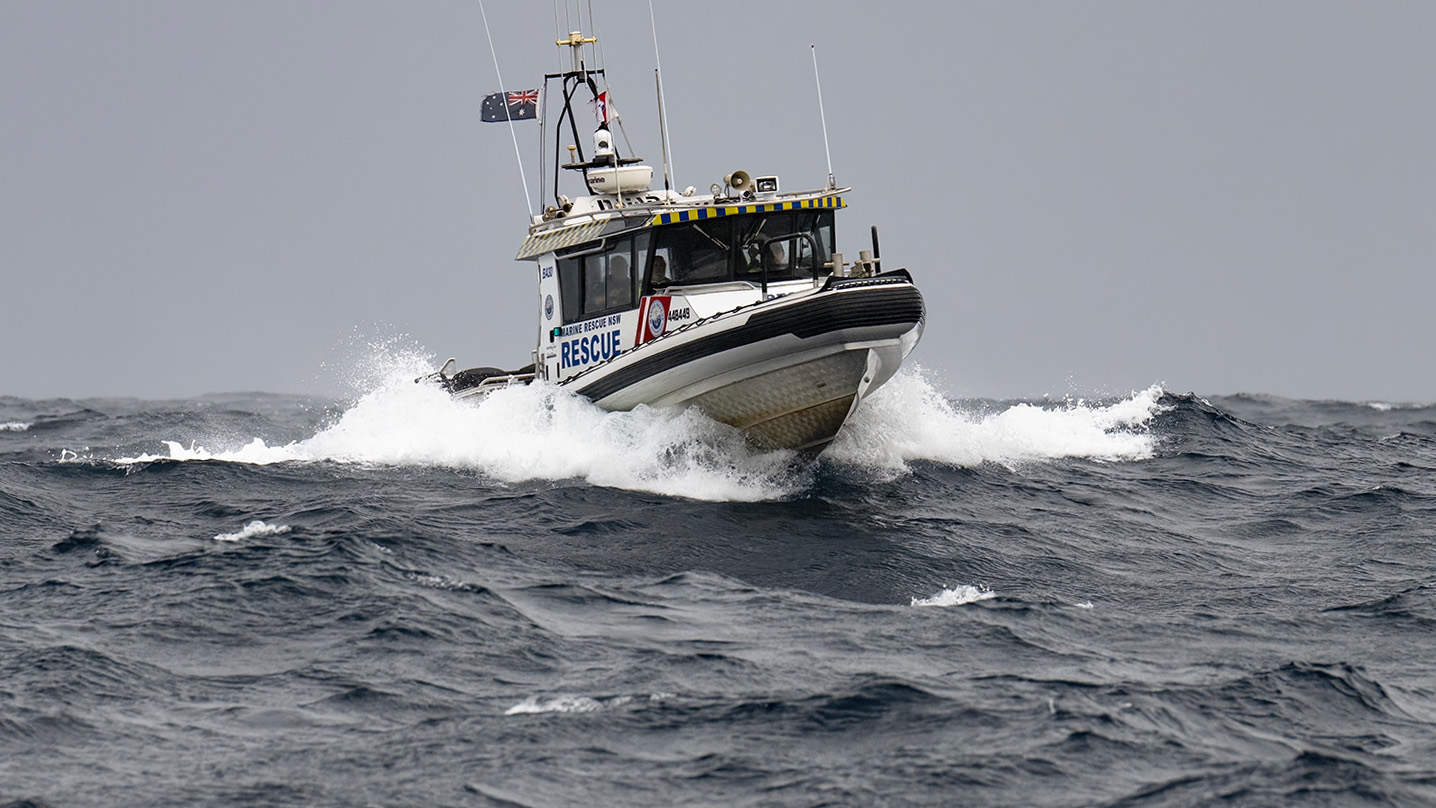
Ready to return to shore after a day of catching fish, the Jet Ski rider discovered his engine would not start due to an electrical fault.
He called family members to raise the alarm but his phone would soon run out of battery, which meant rescuers could not stay in constant contact or track his location.
The stranded Jet Ski rider also did not have a marine radio or a personal locator beacon – two devices which, rescuers say, would have made it quicker and easier to find him.
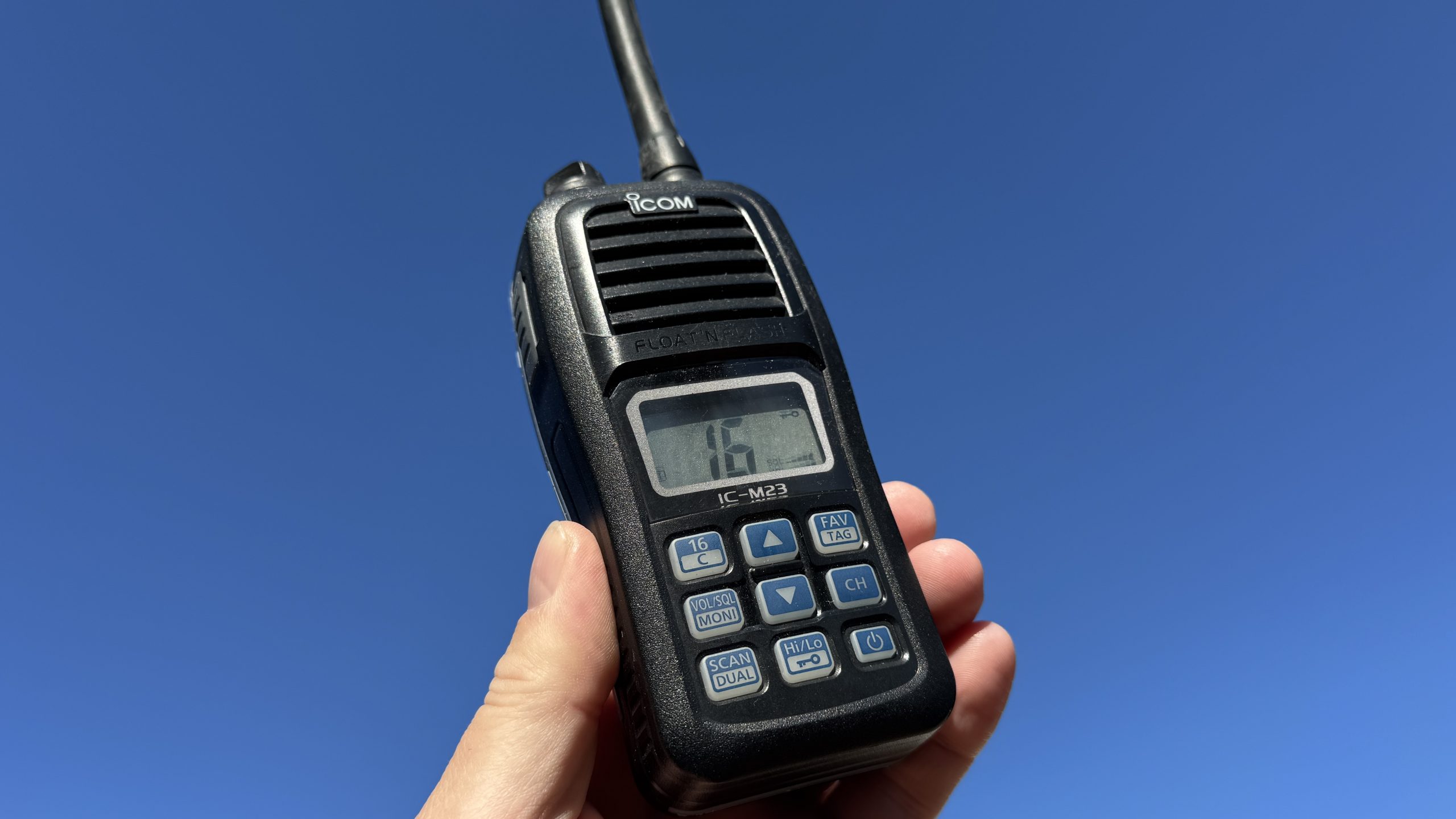
Above: A portable waterproof floating marine radio can be used to call for help from nearby boats, or rescuers on land.
A portable marine radio costs about $200 to $250 and a PLB (a personal locator beacon, which shares your location with rescuers with pinpoint accuracy) costs about $400 to $450 at boating stores.
In some jurisdictions, such safety aids are compulsory when riding so far offshore – but in NSW it is a recommendation, not a law.
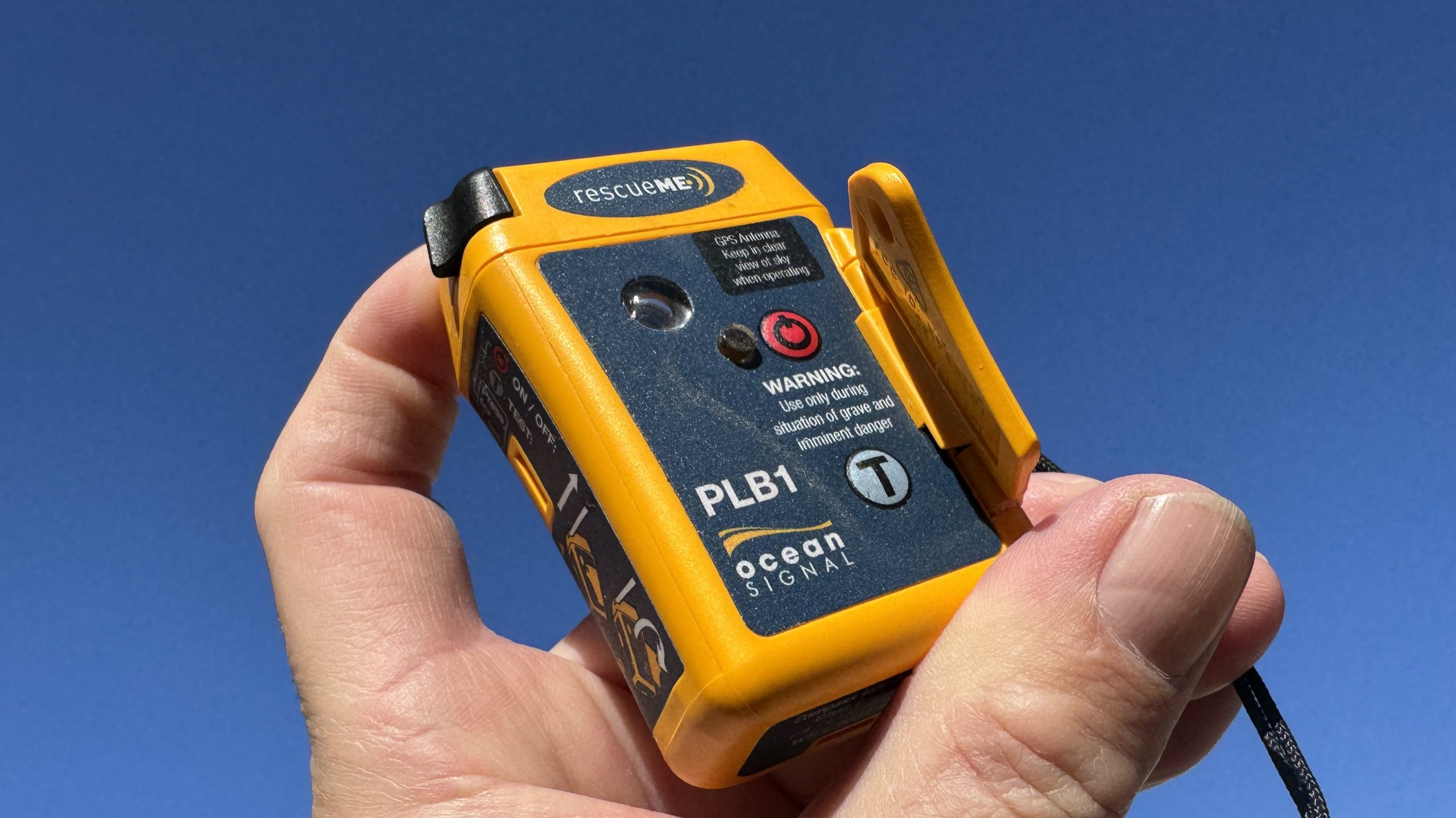
Above: A PLB (personal locator beacon) can be attached to your life jacket, so you can still raise an alarm if you get separated from your Jet Ski.
As reported in the Ballina News Daily, it took a mammoth effort to locate the stranded Jet Ski rider, who was drifting with his craft in two metre swell under the cover of darkness – with no lighting or any way to communicate with rescuers.
“The National Emergency Coordination Centre in Canberra, Police, Marine Rescue Ballina volunteers, the Westpac helicopter and passing fishermen were all involved in the dramatic overnight operation that ended in the early hours of yesterday morning (26 June 2025) when the missing man was spotted by a passing fishing trawler,” the Ballina News Daily reported.
“As daylight faded and seas became rougher, (the Jet Ski rider) made a series of distress calls to his wife and friends seeking help, but his phone battery soon ran flat. He had no lights, flares, radio or emergency beacon on board.”
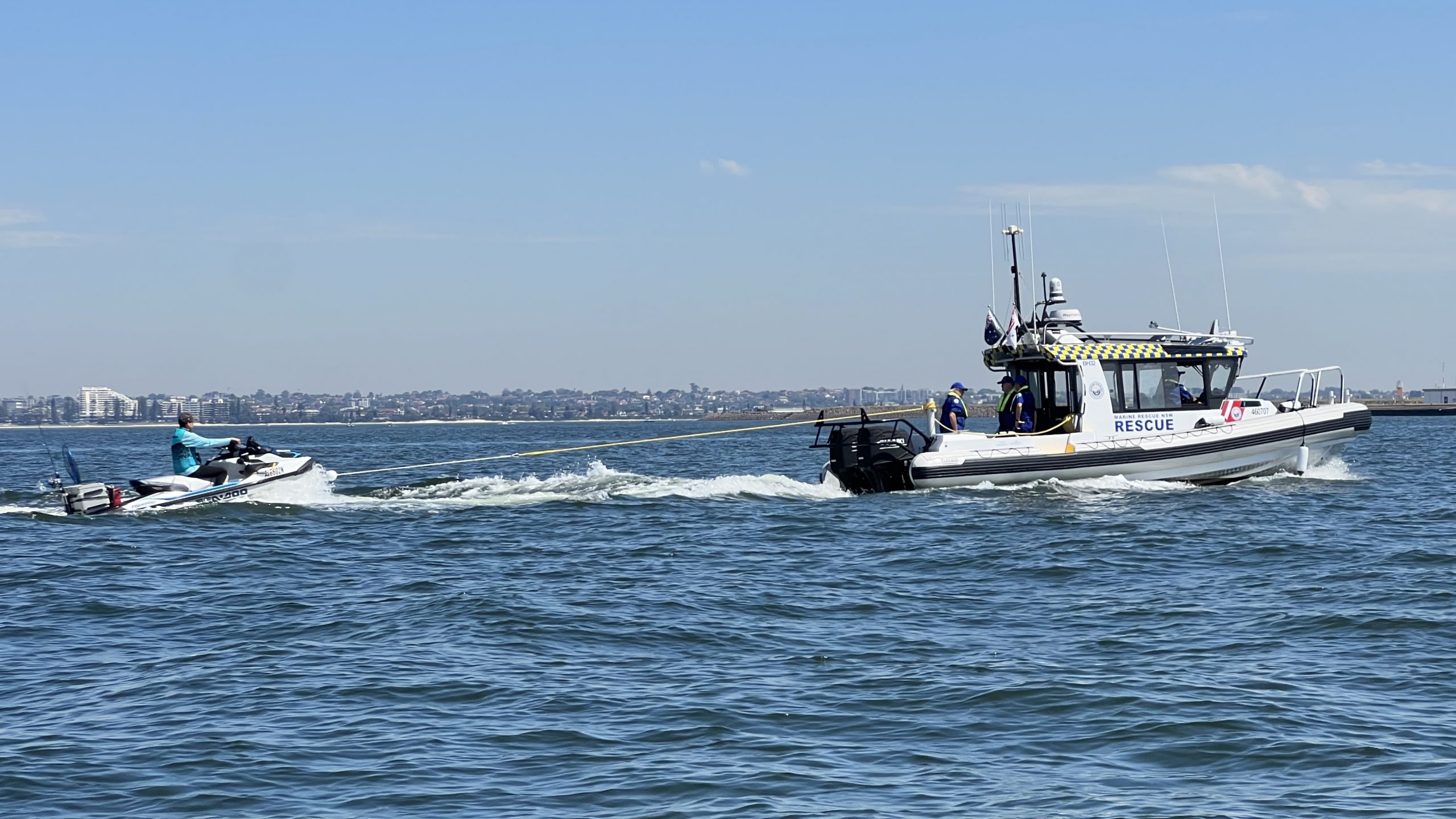
Above: A file photo of a different Jet Ski recovery by Marine Rescue NSW in Sydney.
Marine Rescue Ballina set off to search for the Jet Ski as darkness fell about 5:00pm, and headed towards its last known location about 50km away, the newspaper reported.
“It was a very dark night with no moonlight, strong winds and rough conditions,” Captain Geoff Hutchinson from Marine Rescue Ballina told the newspaper. “We were extremely concerned for the rider’s safety, especially with no way to see or signal us.”
Marine Rescue made brief contact with the man about an hour into the search – he said he could see the flashing lights of the rescue boat – however the call dropped out.
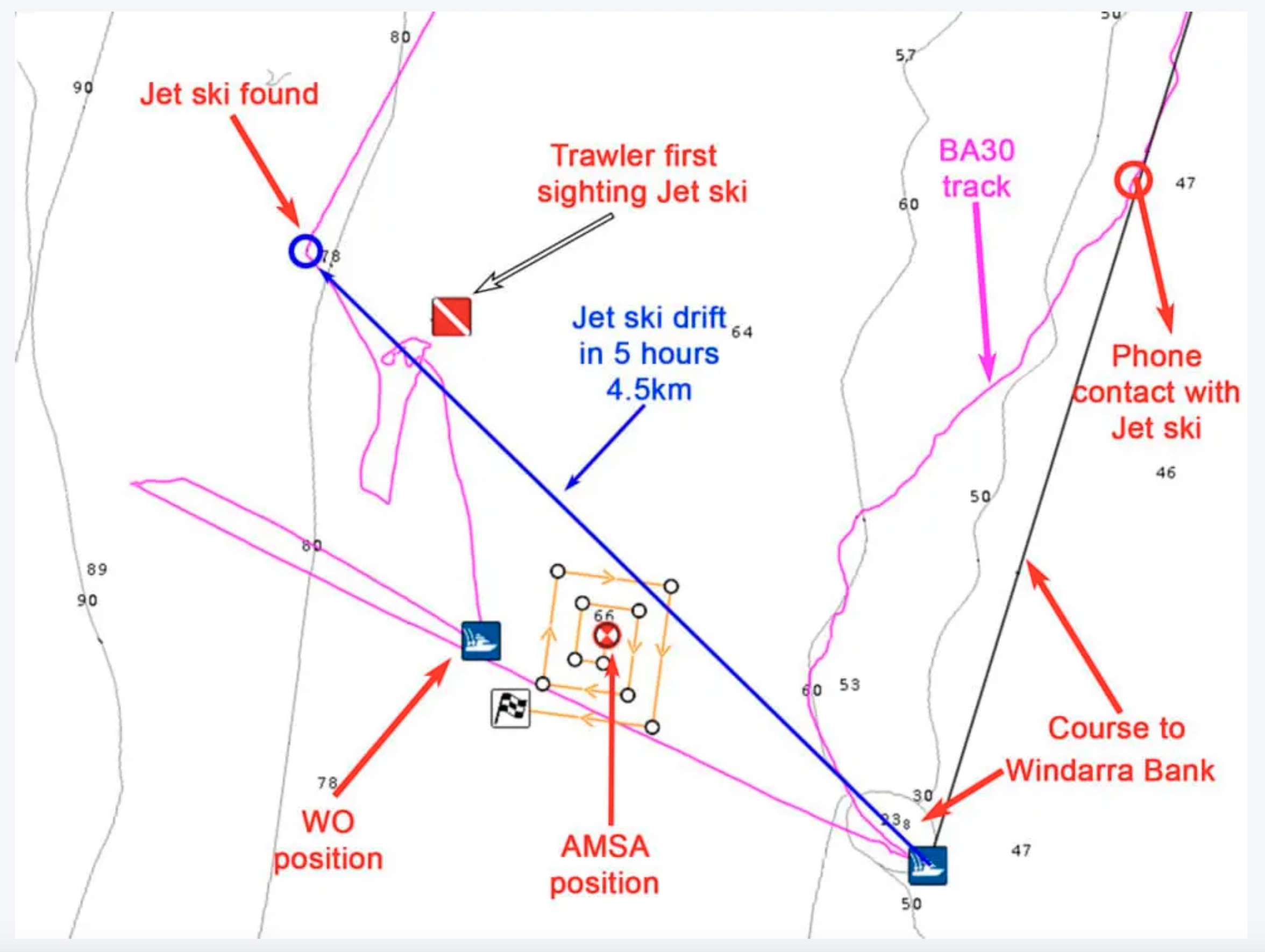
In the dark of night, rescuers used “drift modelling” (pictured above) to estimate a new search area.
“As concerns grew, the rescue was escalated to include the Westpac Rescue Helicopter, Marine Rescue Point Danger, and Tweed Water Police,” the Ballina News Daily reported.
In the end, the stranded Jet Ski fisherman was spotted by a Queensland fishing trawler, whose crew had overhead the marine radio traffic.
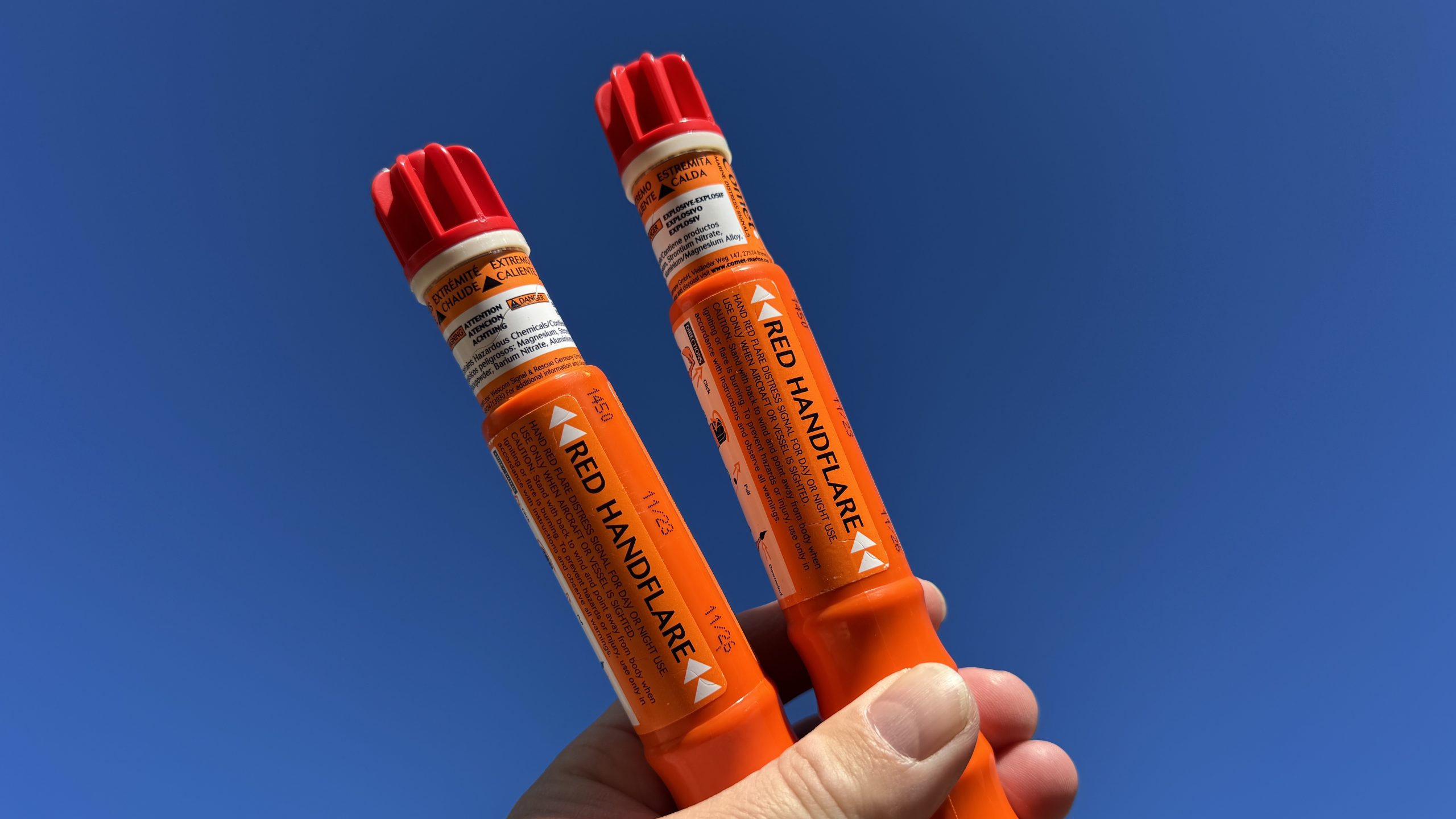
Above: When activated, the bright sparks from red hand flares can be seen from kilometres away at night.
After using co-ordinates provided by the fishing trawler, the Marine Rescue vessel reached the stranded Jet Ski about 9pm – about four hours after the alarm was raised and about 12 hours after the Jet Ski rider had set off for a day of fishing.
The rescuers, the rider and the stranded craft made it back to shore about 2:30am after making a slow 50km journey back to base in hazardous conditions.
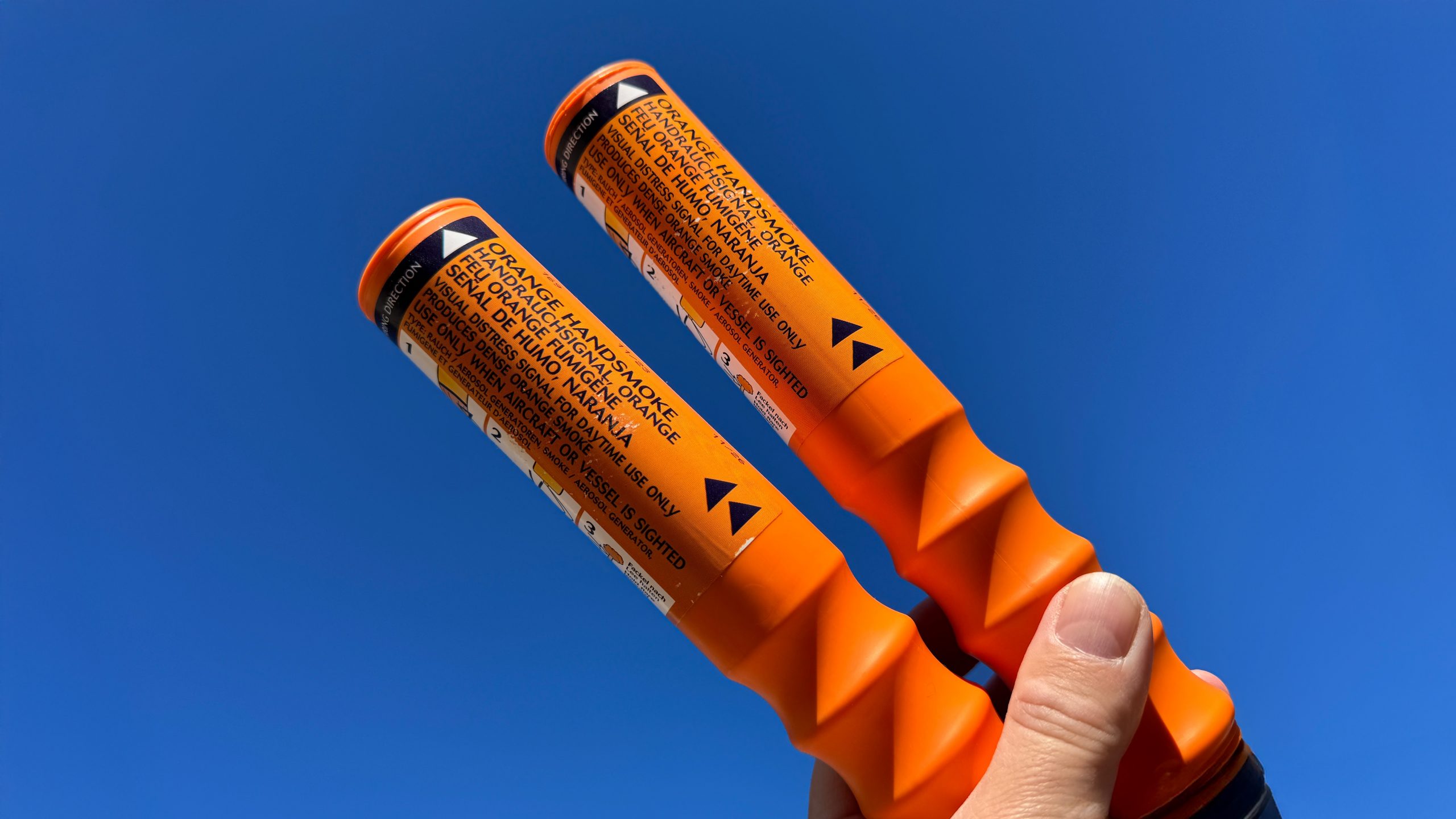
Above: When activated, the smoke from orange hand flares can be seen from kilometres away during the day.
“The man later told Marine Rescue that he felt incredibly lucky to be found. He acknowledged the absence of emergency equipment and lighting was a serious mistake,” the newspaper reported.
“It’s essential that people heading offshore are properly equipped,” Captain Hutchinson told the newspaper. “Conditions can change fast, and without the right gear, a minor breakdown can become a life-threatening situation.”
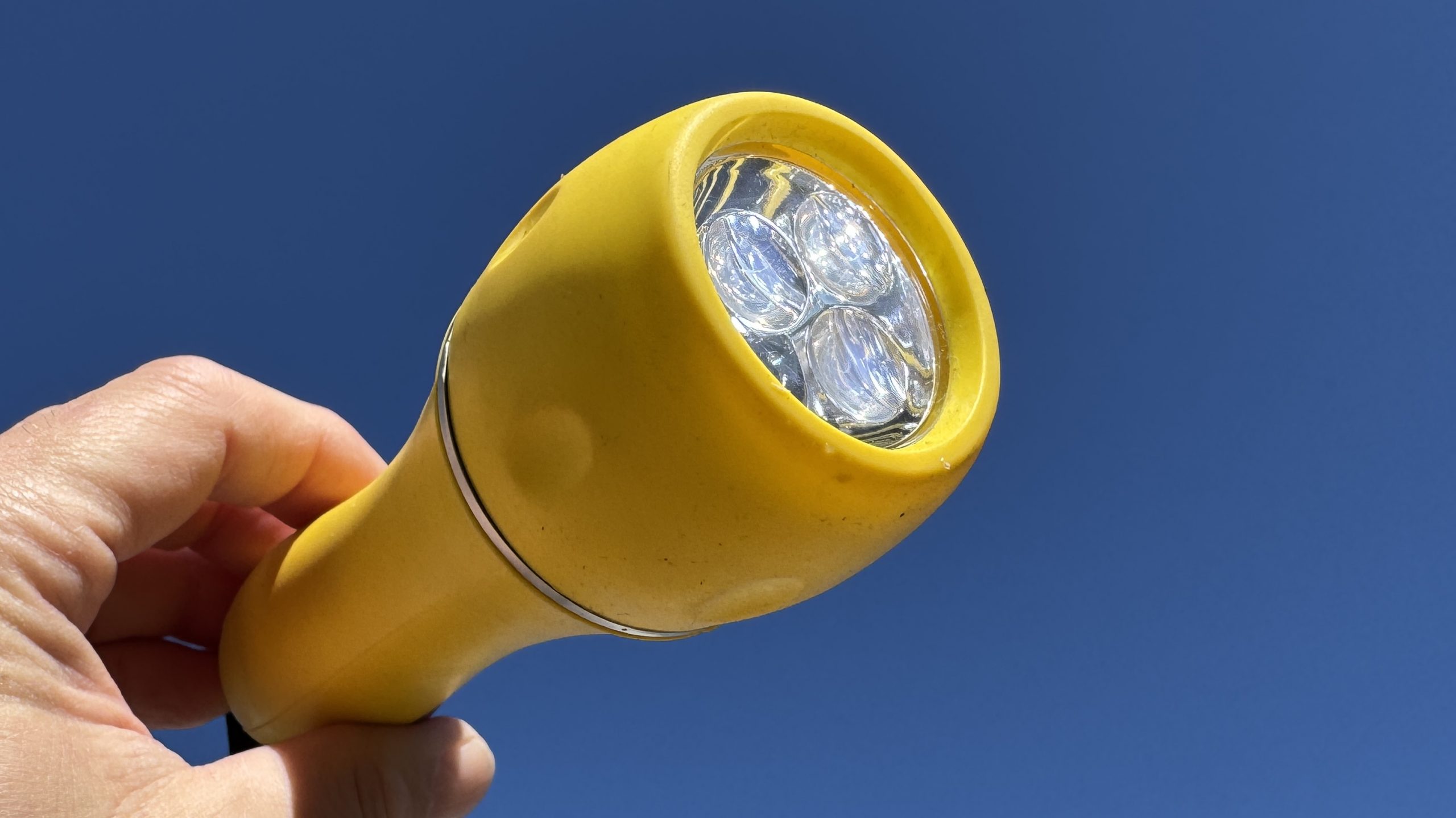
Above: A small waterproof torch can be used to alert rescuers at night when they are nearby.
Even if you are heading out on a day trip – and expect to be back at the boat ramp in daylight hours – Jet Ski riders should be aware of the possibility of being stranded as night fall approaches, experts say.
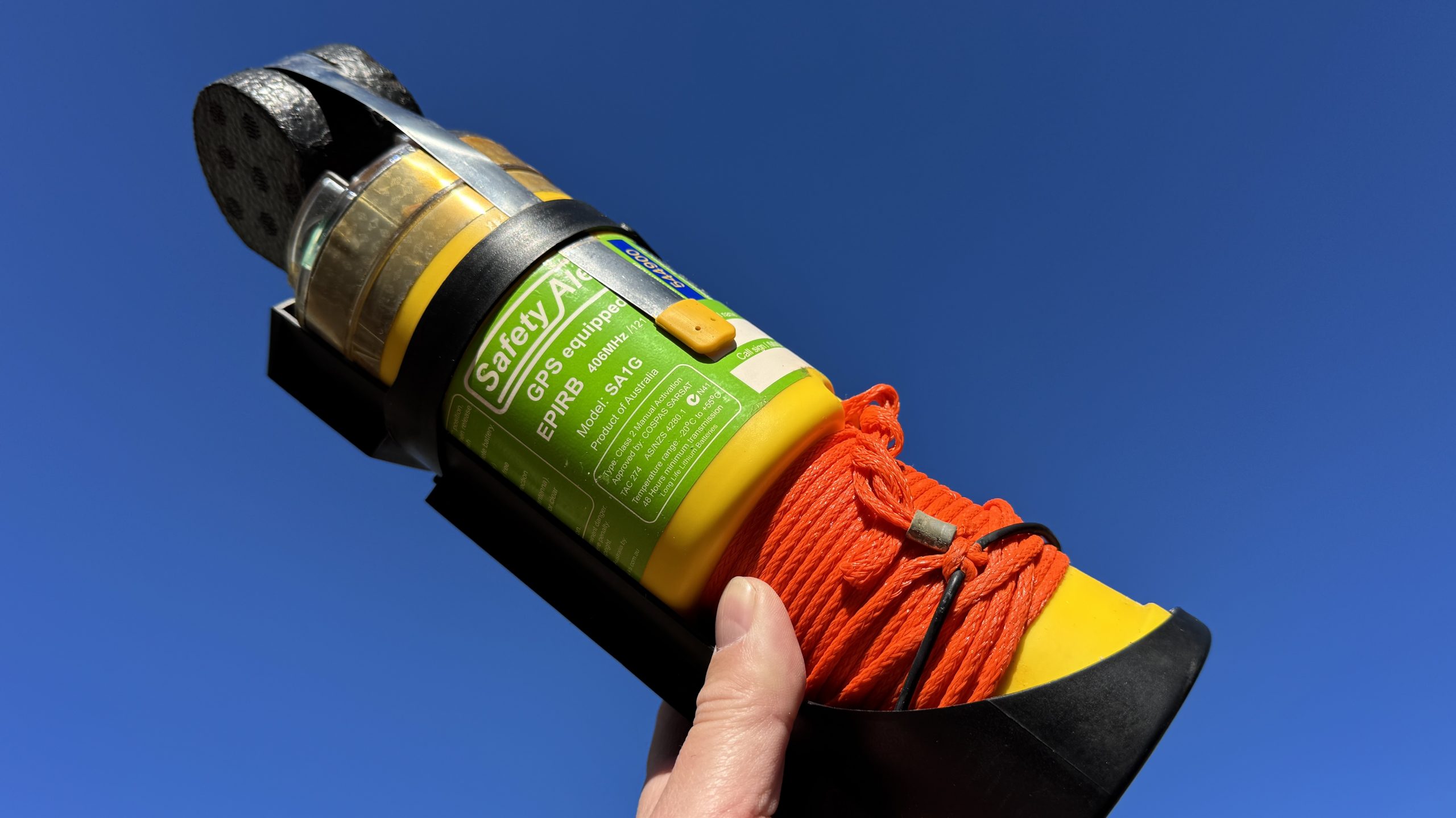
Above: A large EPIRB (Emergency Position Indicating Radio Beacon) has a longer battery life than a small PLB (personal locator beacon), however it is too big to attach to your life vest, and is usually stored on the craft.
Marine Rescue Ballina is now urging all Jet Ski riders and boaties who head offshore to carry appropriate safety equipment, such as:
- Mobile phone in a waterproof case
- Torch
- Emergency flares
- Marine radio
- Personal locator beacon (PLB)
A portable marine radio costs about $200 to $250 and a PLB (a personal locator beacon, which shares your location with rescuers with pinpoint accuracy) costs about $400 to $450 at boating stores.
A packet of four flares (two for the day and two for night) typically costs between $90 and $150.
Some experienced Jet Ski ocean riders have also suggested carrying a pair of large flippers or a foldable paddle, in case you are close enough to get yourself to shore.
A Marine Rescue volunteer suggested Jet Ski riders consider fitting reflective tape to their craft so they can be spotted by powerful search lights at night.
The state of NSW also has the official ‘Emergency Plus’ app (available on Apple and Android devices, pictured below) which can pinpoint your location and alert emergency services at the press of a button.
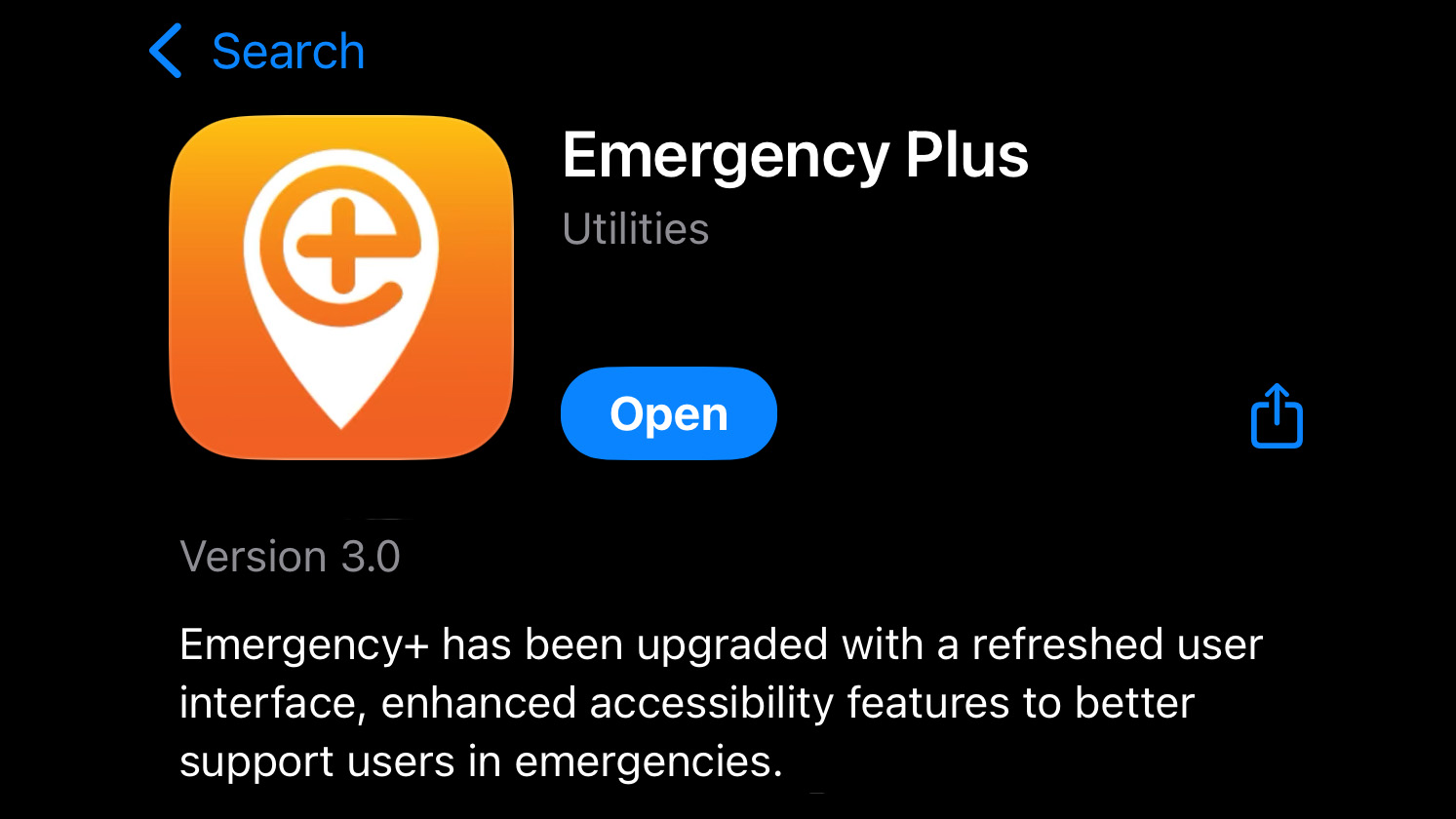
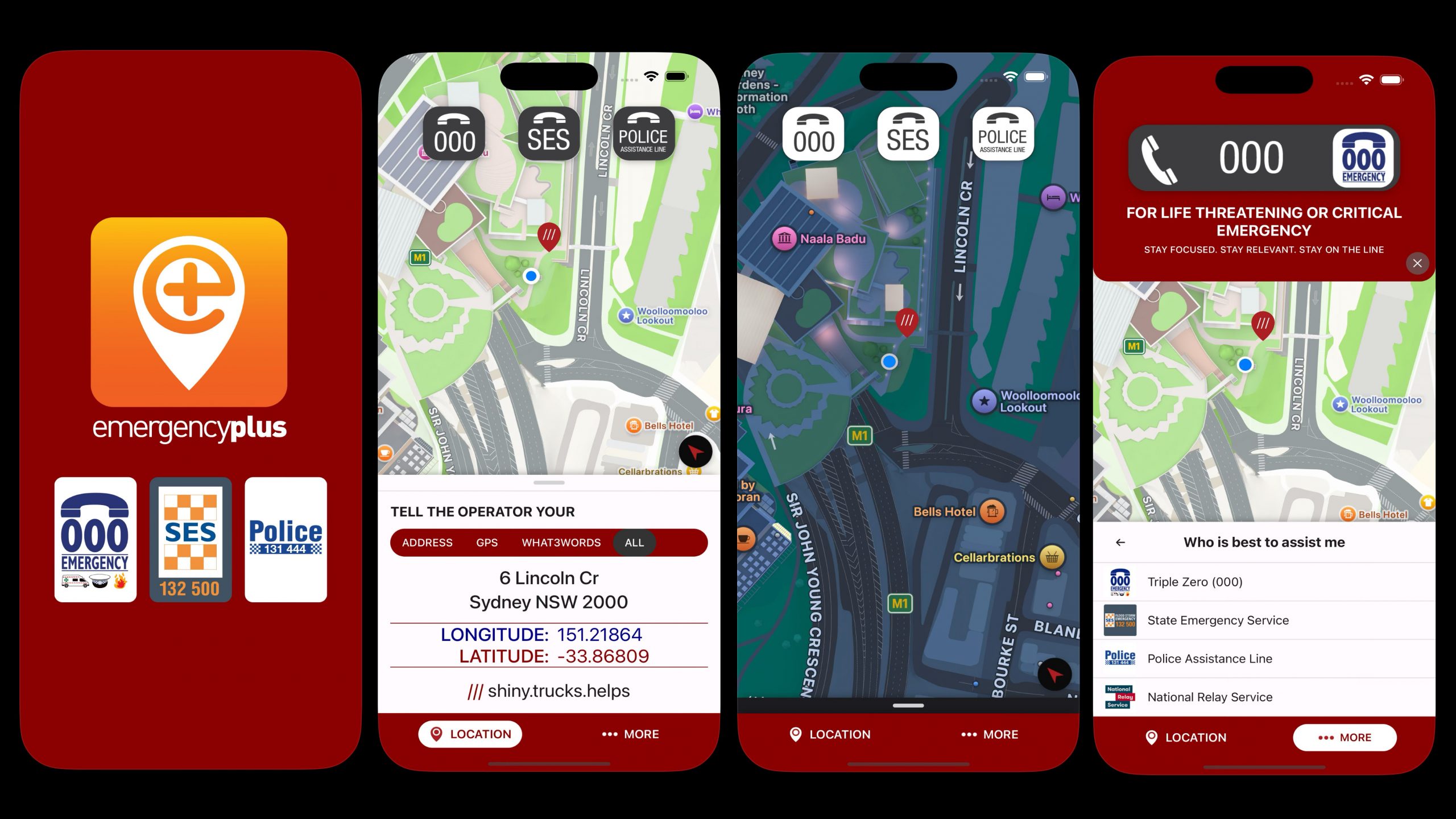
MORE: Here’s proof NSW now has the most expensive Jet Ski licence fees in the world
MORE: Our open letter to the NSW Government: please reconsider Jet Ski licence fees
MORE: NSW Maritime already has more Jet Skis, boats and safety officers than QLD, so why are our fees going up?
MORE: Renewed calls for urgent review into NSW Jet Ski licence fee increases
MORE: How to have your say and contact your local government representative
MORE: Jet Skis by the numbers: NSW, QLD and VIC data compared
MORE: Jet Ski injury statistics at odds with logic behind fee increases
MORE: Boating sector ‘blindsided’ by licence fee increases
MORE: NSW proposes world’s highest Jet Ski licence fees
MORE: All our Sea-Doo coverage in one click
MORE: All our Yamaha WaveRunner coverage in one click
MORE: All our Kawasaki Jet Ski coverage in one click
MORE: All our news coverage in one click
MORE: Follow us on Facebook
MORE: Follow us on YouTube



